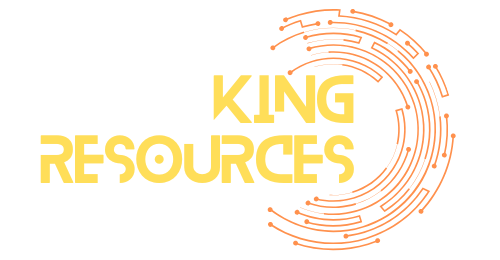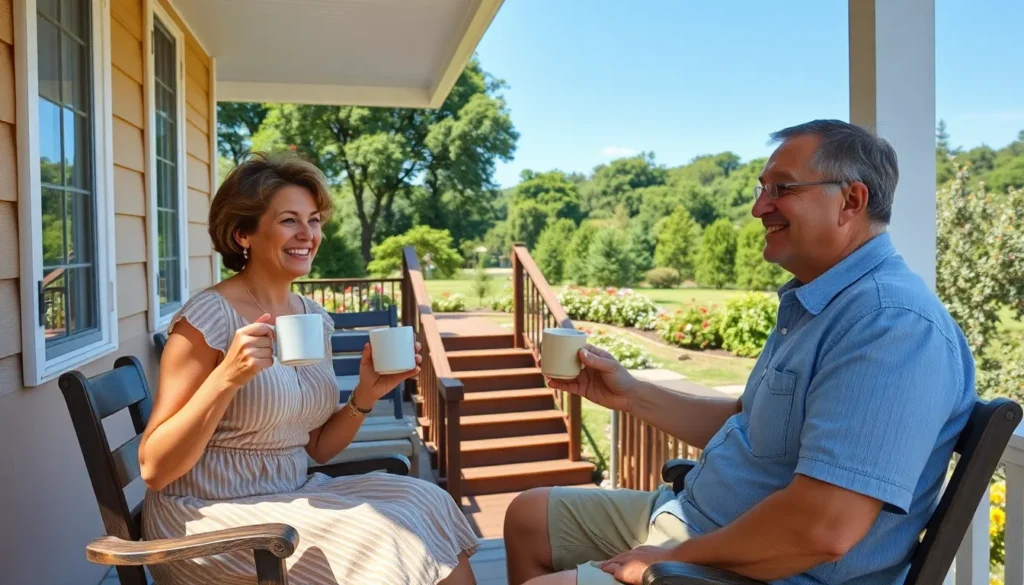Dreaming of that cozy cabin in the mountains or a beachside bungalow? Owning a second home can feel like the ultimate adulting achievement, but before diving headfirst into the property pool, it’s essential to have a solid financing plan. After all, you wouldn’t jump into a pool without checking if there’s water, right?
Table of Contents
ToggleUnderstanding Second Home Financing
Second home financing involves specific considerations for obtaining a loan to buy a property like a vacation home. It requires careful evaluation of various financial factors.
What Is Second Home Financing?
Second home financing refers to obtaining a mortgage for purchasing a residence that isn’t your primary home. Lenders often categorize these mortgages differently from primary home loans. Interest rates may vary and down payment requirements typically range from 10% to 20%. Income stability and credit scores play critical roles in approval processes. Each lender may have unique guidelines that affect eligibility.
Why Consider a Second Home?
Investing in a second home offers multiple benefits, such as a potential source of rental income and a vacation retreat. Property appreciation rates can yield significant financial gains over time. Tax advantages may apply, including deductions on mortgage interest. Ownership of a second home provides opportunities for family gatherings or personal vacations in a favored location. Local housing markets often reveal properties that attract buyers with unique amenities and experiences.
Key Factors to Consider
Understanding key factors simplifies the process of financing a second home. Evaluating different aspects ensures a secure investment.
Assess Your Financial Readiness
Financial readiness acts as the foundation for purchasing a second home. Determine income stability to ensure reliable monthly payments. Assess current debt obligations; lenders favor a debt-to-income ratio below 43%. Review credit scores since higher scores increase loan approval chances and offer better interest rates. Prepare for additional expenses like property taxes, insurance, and maintenance costs. It’s crucial to gather financial documents such as pay stubs and bank statements; these streamline the application process.
Determine Your Budget
Budget determination influences the purchasing process significantly. Establish a maximum price range based on income and savings. Factor in a down payment; most lenders expect 10% to 20% for second homes. Include additional costs like closing fees, taxes, and homeowner’s association dues in calculations. Estimate future expenses such as maintenance and property management if renting. Adjust the budget to account for appreciation and potential rental income, creating a well-rounded financial plan. Financial clarity supports informed decision-making and avoids unexpected burdens.
Second Home Financing Checklist
Before pursuing a second home, potential buyers must gather necessary documentation and understand the types of loans available. This checklist provides clarity on key aspects of financing a second home.
Documentation Required
Gathering vital documents streamlines the mortgage application process. Lenders typically request proof of income such as pay stubs and tax returns. Bank statements confirm assets, while details about existing debts help establish the debt-to-income ratio. Credit history shows responsibility in managing finances. Additional items like employment verification and identification documents may also be necessary.
Types of Loans Available
Exploring the various loan options enables informed decision-making. Conventional loans often have competitive interest rates and may require down payments of 10% to 20%. FHA loans can also be suitable, offering lower down payment requirements for qualified buyers. Jumbo loans cater to expensive properties, requiring stricter credit guidelines and larger down payments. Understanding these options aids in selecting the right financing strategy.
Interest Rates and Terms
Interest rates and terms significantly influence monthly payments and overall cost. Rates for second homes typically differ from primary residences, often higher due to perceived risk. Fixed-rate mortgages offer consistent payments over the loan term, while adjustable-rate mortgages may start lower but fluctuate after an initial period. Comparing rates from multiple lenders provides insight into better financing deals.
Common Mistakes to Avoid
Avoiding common mistakes can streamline the process of financing a second home and enhance overall satisfaction with the investment.
Not Researching Locations
Choosing a second home without thorough location research can lead to regret. Buyers should assess local market trends, property values, and neighborhood amenities. Understanding seasonal dynamics also plays a role; properties in vacation hotspots may vary in demand throughout the year. Evaluating proximity to recreational activities, grocery stores, and healthcare facilities impacts lifestyle quality too. Knowledge of future development plans can affect long-term value as well. Primarily, potential homeowners must consider the location’s appeal, as this affects resale opportunities and personal enjoyment.
Ignoring Additional Costs
Overlooking additional costs associated with a second home purchase often results in financial strain. Buyers must factor in property taxes, homeowners insurance, and maintenance expenses as part of the overall budget. Rental income, if applicable, can offset some costs, but it’s vital to account for vacancies or periods of low demand. Utility expenses can increase for vacation homes, especially in remote areas, so understanding these costs aids in accurate budgeting. Sticking to a comprehensive financial plan that includes all potential expenses ensures buyers are prepared for future obligations.
Conclusion
Investing in a second home can be a rewarding experience when approached with careful planning. By following a comprehensive financing checklist and considering all necessary factors, buyers can navigate the complexities of securing a mortgage for a secondary property. Understanding different loan options and being aware of potential pitfalls can lead to a more satisfying investment journey. With the right financial strategy in place, individuals can enjoy the benefits of their second home while minimizing risks and ensuring a sound financial future.









